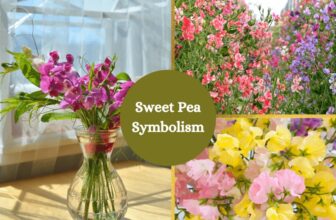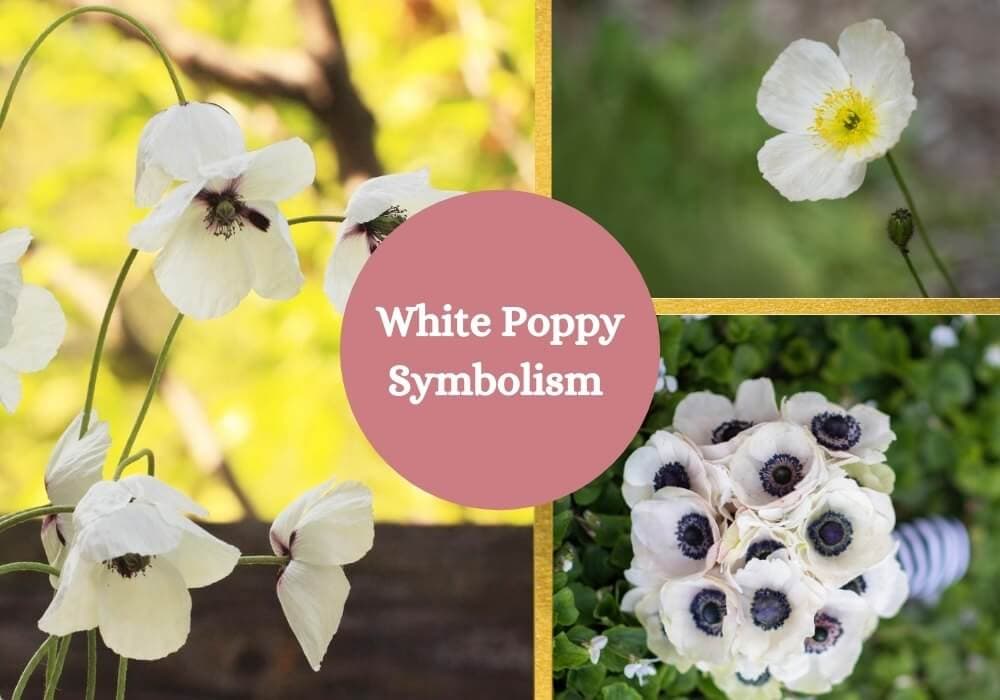
Table of Contents
From medicine to peace demonstrations, the white poppy is a widely used plant species that has left its mark on our world throughout the years. While not as famous as its red counterpart, the white poppy has equally important symbolism. Here’s a closer look at this meaningful flower and what it represents.
About the White Poppy
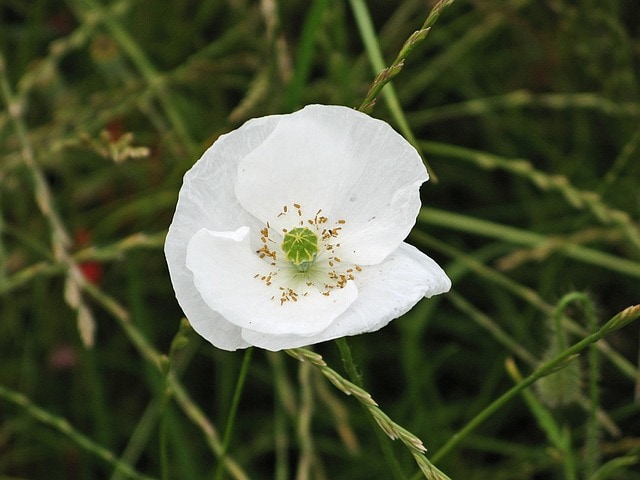
The white poppy is an eye-catching plant that grows up to one meter tall, with large flowers measuring about 10cm. These flowers start off hanging towards the ground but lift to face the sky as they bloom. White poppies flower for around three weeks in August, adding beauty to the fields.
This plant is common in northern France and Belgium and also grows in central and southern Europe, and Asia Minor. It’s often found growing wild, especially among crops, enhancing the beauty of agricultural areas.
Besides its looks, people grow the white poppy for its oil and medicinal benefits, making it a plant valued for both its beauty and practicality.
Meaning and Symbolism of White Poppies
The white poppy, a symbol of peace, honors all war casualties, including civilians and non-combatants, while advocating for peace. Introduced in 1933 by the Women’s Co-operative Guild after World War I, it marked a shift from the red poppy, which mainly remembers military casualties. The white poppy broadens remembrance to all affected by war and emphasizes peace and conflict prevention.
Over time, the white poppy has become a symbol of pacifism and non-violent conflict resolution. It highlights the devastating impact of war on societies, the environment, and future generations. Wearing a white poppy honors war victims and serves as a personal and public stand against violence and conflict.
Furthermore, the white poppy challenges the acceptance of war. It promotes peace and questions the idea of war as a necessary or acceptable international practice. In essence, the white poppy is more than just a flower; it’s a strong symbol that advocates for peace, honors all war victims, and challenges attitudes towards war and militarism.
Origin and History of the White Poppy
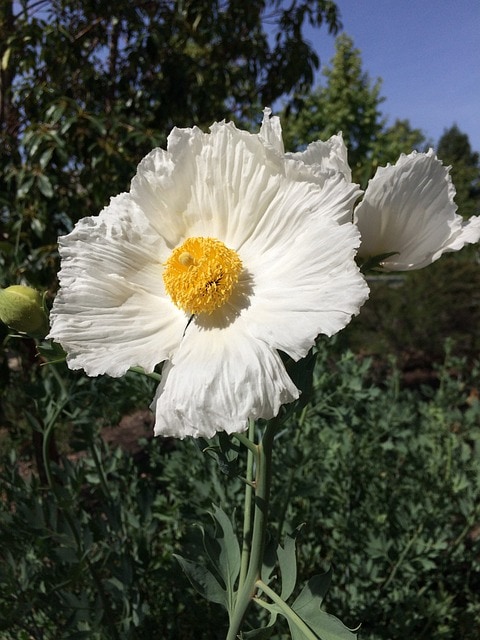
The white poppy started after World War I as a symbol of peace and to remember all war victims. The Women’s Co-operative Guild introduced it in 1933 as an alternative to the red poppy, which had symbolized remembrance for fallen soldiers since 1921. Unlike the red poppy, the white poppy recognized both military and civilian casualties, highlighting the full cost of war.
Women from the Women’s Co-operative Guild, many of whom had lost family members in the war, created the white poppy. They believed the red poppy focused too much on military sacrifices and ignored civilian suffering in war. The white poppy was their way of calling for peace and an end to all wars, promoting conflict resolution without violence.
Initially, some saw the white poppy as disrespectful to military casualties, but it gradually gained acceptance as a peace symbol. The Peace Pledge Union, a British pacifist group, started distributing white poppies in the 1930s and still does.
Today, peace organizations and activists worldwide use the white poppy to remind people of war’s tragedies and the need to remember all conflict victims. The white poppy stands as a symbol for peace and a longing for a world without war.
Uses of the White Poppy
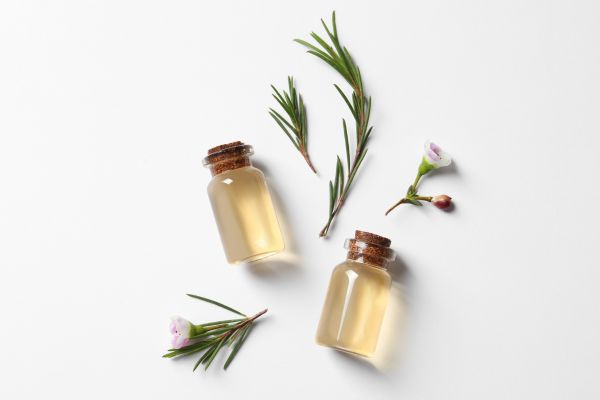
Thanks to all its properties, the white poppy is used in a variety of fields.
- Medicine
Disclaimer
The white poppy, or Papaver somniferum, is important in medicine mainly for the latex in its unripe seed pods. This latex contains alkaloids like morphine, codeine, and thebaine, known for their strong pain relief properties. Morphine, often used in managing severe pain, is crucial in pain management and palliative care.
Codeine, another byproduct, helps in relieving pain and suppressing coughs. These alkaloids are used in controlled amounts in modern medicine for their pain relief and calming effects. However, because these compounds can be addictive and are open to abuse, their medical use is strictly regulated. The white poppy plays a vital role in pharmacology by providing key compounds for treating various medical issues.
- Culinary Uses
The poppy seed is largely used in bakeries and dessert preparations, since it is full of aroma, as well as antioxidant properties and vitamins, which makes it a perfect ingredient. In most parts of Europe, poppy seeds are used to decorate and add an extra flavor to different dishes. Actually, some of the most important dishes of Poland and Slovak are the poppy seed cake and the poppy seed roll. The oil taken out of the seeds is also used as a culinary oil.
- In Cosmetics and Beauty Products
White poppy seed oil, extracted from the seeds of the white poppy, is commonly used in cosmetics and beauty products. Its moisturizing qualities make it a great ingredient for skin care products like lotions and creams.
Rich in essential fatty acids, such as linoleic acid, it helps keep the skin barrier healthy and hydrated. The oil’s light and non-greasy texture suits various skin types, even oily skin. In hair care, it’s valued for conditioning, featuring in shampoos and conditioners to nourish and strengthen hair.
The antioxidants in the oil also help protect skin and hair from environmental damage. Its gentle nature makes it ideal for products designed for sensitive skin. White poppy seed oil’s use in beauty products highlights its versatility and benefits for personal care.
The White Poppy in Use Today
In current times, the white poppy is used, as previously said, as a symbol of remembrance and peace. Yet, the cultural references go beyond.
Everybody who has seen Game of Thrones or read the books on which the series is based is familiarized with the Milk of the Poppy. This medicine was given to the sick to relieve their pain, and in this case, fiction is not too far away from reality.
The white poppy is also used by several companies and boutiques to create amazing accessories and collections.
Myths and Stories about the Poppy
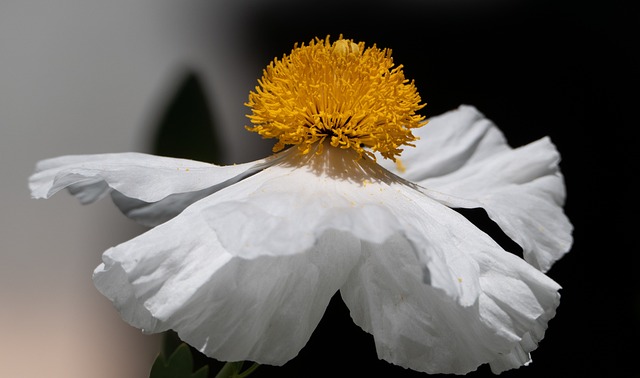
The white poppy, while not as steeped in myth and folklore as some other plants, does have a few interesting stories and symbolic meanings attached to it:
Morpheus and the White Poppy
In Greek mythology, poppies are closely linked to Morpheus, the god of dreams, symbolizing sleep and the journey to the afterlife. This link comes from the poppy’s sedative effects, thanks to the opium extracted from its sap. Morpheus, known as ‘the bringer of dreams’, is often shown in myths using poppies to bring sleep and dreams.
While the opium poppy, usually purple or red, is more commonly associated with these myths, the white poppy is similar because of its shared traits and effects. It too has a connection with Morpheus due to its sleep-inducing qualities.
In ancient art and stories, poppies often represent Morpheus and the power of sleep, highlighting their importance in Greek culture beyond their practical uses. The white poppy, part of the poppy family, shares this deep symbolic meaning. It connects to the mystical realm of Greek gods and the human experience of sleep and dreaming.
2. In Mystical Rituals
Historically, white poppies, like other types of poppies, often appeared in mystical and magical rituals. Their use in these rituals comes from their ability to induce sleep and trance-like states. Many cultures viewed these flowers as pathways to the supernatural, helping people communicate with spirits or gods.
However, the use of white poppies in these practices is more based on stories and local folklore than on specific myths or legends. These tales usually involve the poppy’s mind-altering effects for ceremonial uses. In some traditions, people used poppies for divination or to enter visionary states, seeking spiritual insights or answers.
While these rituals varied, the common use of poppies was to reach beyond normal perception. The white poppy, with its calm and pure look, likely had a special role in these rituals, seen as a symbol of purity or a connection to higher spiritual understanding. The mystical uses of poppies, though not as well-known as their medicinal and symbolic roles, add an interesting, lesser-known aspect to their history.
3. In Folk Medicine
White poppies have a history in folk medicine as plants with healing properties. People used different parts of the white poppy, like seeds, petals, and latex, in various cultures for therapeutic purposes. They treated conditions such as pain, sleeplessness, coughs, and nervous disorders with these poppy parts. The white poppy’s mild and calming nature made it a popular choice for home remedies and natural healing.
However, the opium poppy, with its stronger alkaloids like morphine and codeine, overshadowed the white poppy in folk medicine. The opium poppy’s more powerful effects made it better known and widely used in both traditional and modern medicine. This left the white poppy as a lesser-known alternative.
Still, the white poppy’s use in traditional medicine shows how people have always turned to nature for healing. It highlights a wide understanding of medicinal plants, even though some, like the white poppy, haven’t become as prominent in mainstream medical discussions.
Wrapping Up
The white poppy has grown to be one of the most symbolic flowers today, representing peace and an anti-war sentiment. Apart from its simple beauty, the white poppy also has many qualities and uses which enhances its importance.





